OlinLathrop and SomeHardwareGuy's answers are both correct. And since you mentioned this was a USB Bus Powered Device, there's another gotcha. According to the Universal Serial Bus Specification 2.0 Chapter 7 Electrical, section 7.2.4.1 Inrush Current Limiting:
The maximum load (CRPB) that can be placed at the downstream end of a
cable is 10 µF in parallel with 44 O. The 10 µF capacitance represents
any bypass capacitor directly connected across the VBUS lines in the
function plus any capacitive effects visible through the regulator in
the device. The 44 O resistance represents one unit load of current
drawn by the device during connect.
This is easily missed, since it's pretty deep in the rev 2.0 spec document -- many years ago, we accidentally violated this spec on some of our early USB powered boards by using a 10uF capacitor, and the result was that sometimes, some boards would have too much inrush current when plugged into USB port. Windows would report an error, and would power-off that USB port until the device was unpluggged.
I didn't see this section listed in the USB 3.1 specification, and I assume the ceramic capacitors you used were the same value as the electrolytics (3 x 47µF). USB 2.0 spec was finalized in April 2000, an era when ceramic capacitors generally weren't widely available in values higher than 1µF, so electrolytic capacitors would have been more commonly used. The physics hasn't changed, but the economics has -- here in the year 2015 it's possible to buy >100µF ceramic capacitors, and the characteristics of ceramic capacitors are generally closer to "ideal" in this kind of application.
If you must for some reason use electrolytic capacitors on a USB bus-powered device, the solution is to either keep the amount of capacitive load directly connected to VBUS less than 10 µF, or use an external power supply (i.e. USB Self-Powered Device instead of Bus Powered Device configuration.). The FTDIchip.com FT232 data sheet has examples of using a FET to isolate the USB VBUS supply from the rest of the circuit. When the device is plugged into USB, the FT232 first negotiates with the USB host, and only after the host gives permission, then FET switches on to power up your device.
Without this negotiation, the sudden inrush current of >10uF of fully discharged electrolytic capacitors would be indistinguishable from a short-circuit fault. The USB port gets powered down to protect the host computer. There will still be some inrush current when the host sends the command to enable the device, but by that time, the host has already negotiated with the peripheral and given it approval to switch on.
Compared to electrolytic capacitors, ceramic capacitors have lower inductance, lower effective series resistance, and higher self-resonant frequency. Generally more nearly ideal performance for local power supply bypassing (at least below microwave frequencies). Surface-mount packaging also has less inductance than through-hole packaging. You didn't mention specifically, but I assume the 47µF electrolytic capacitors were probably through-hole. Even surface-mountable electrolytic capacitors are essentially the same as radial-leaded parts, with modified leads and a plastic base.
Electrolytic capacitors are still useful for bulk power supply decoupling, typically where power enters a board assembly -- electrolytics generally give more capacitance per unit volume than ceramic, and since the power supply system leads already have some series inductance, the additional inductance of the electrolytics is tolerable. But for local bypass (close to each IC), ceramic capacitors are essential.
With electrolytic capacitors, the inrush current is noticeable and measurable, and usually listed on the component's data sheet. With ceramic capacitors -- especially surface-mount capacitors -- that inrush current event is much smaller due to the lower inductance and higher self-resonant frequency.
